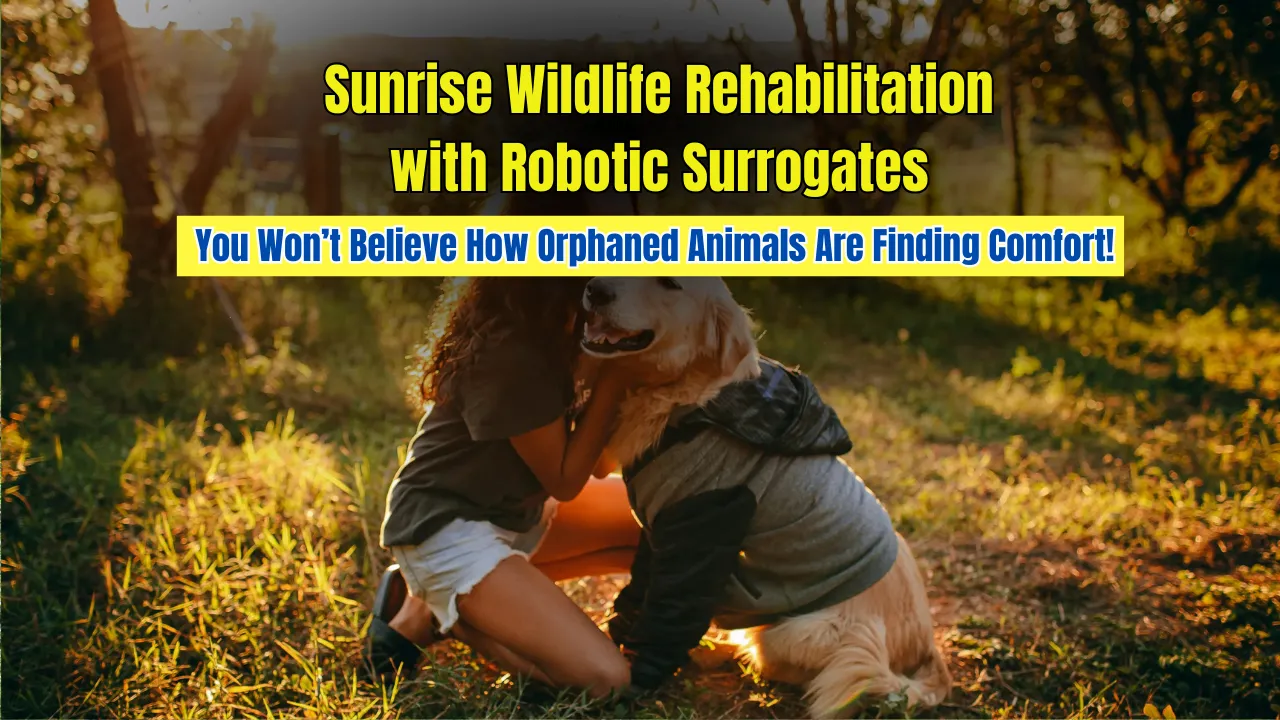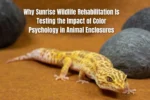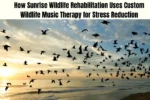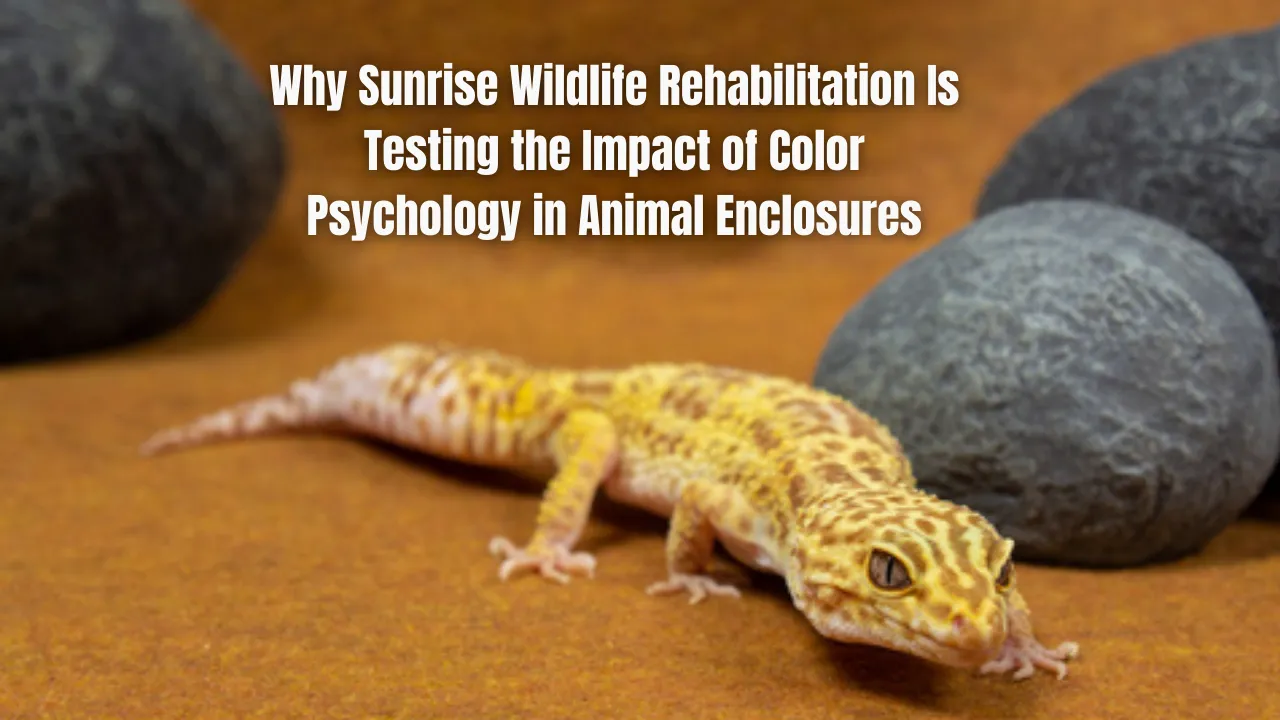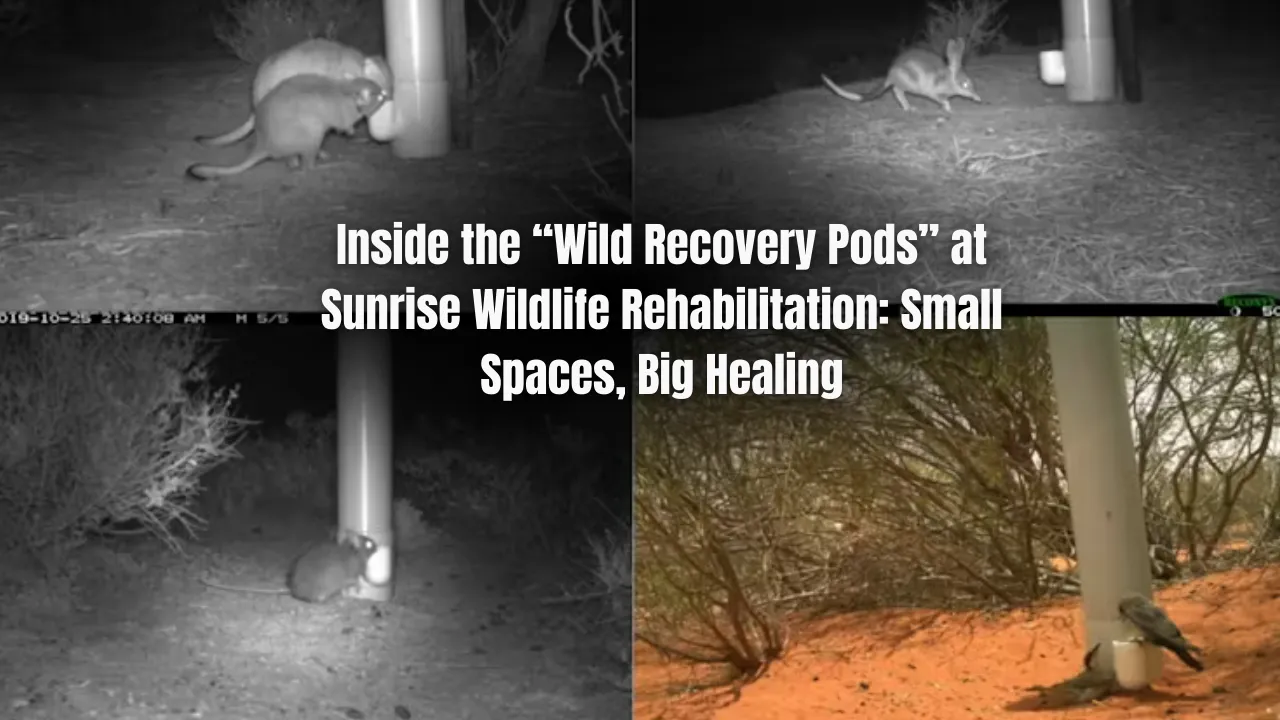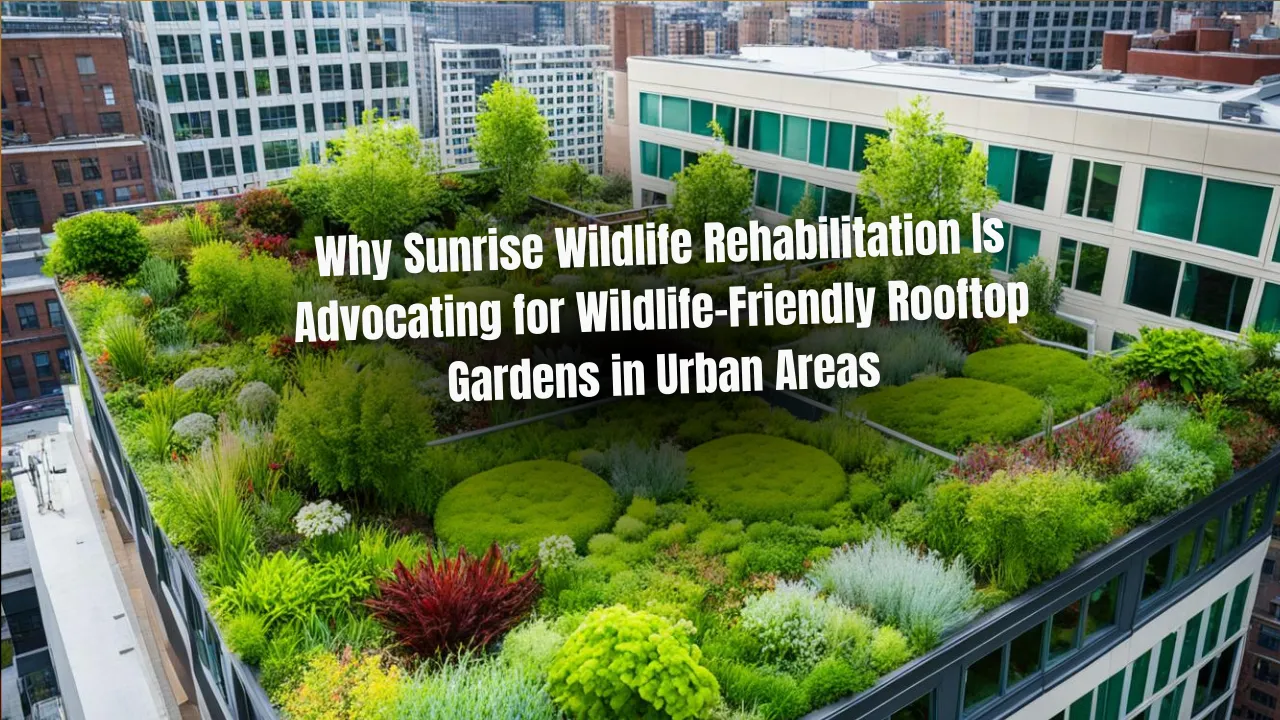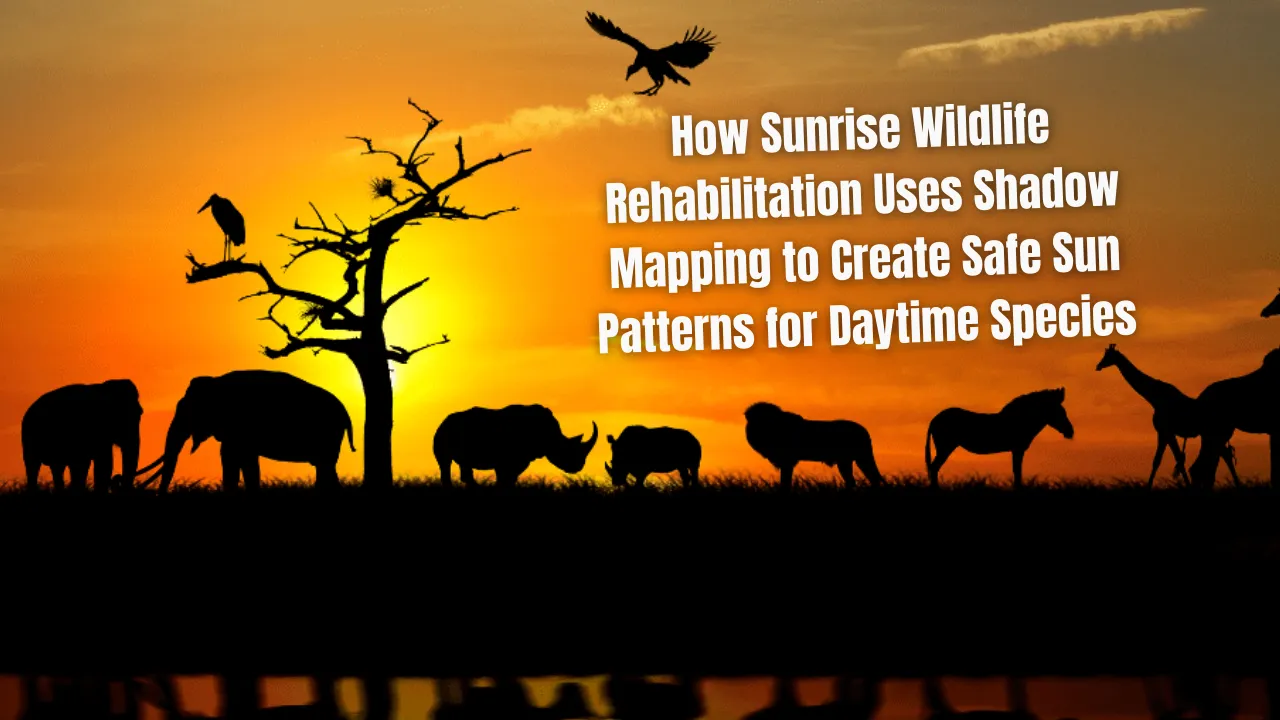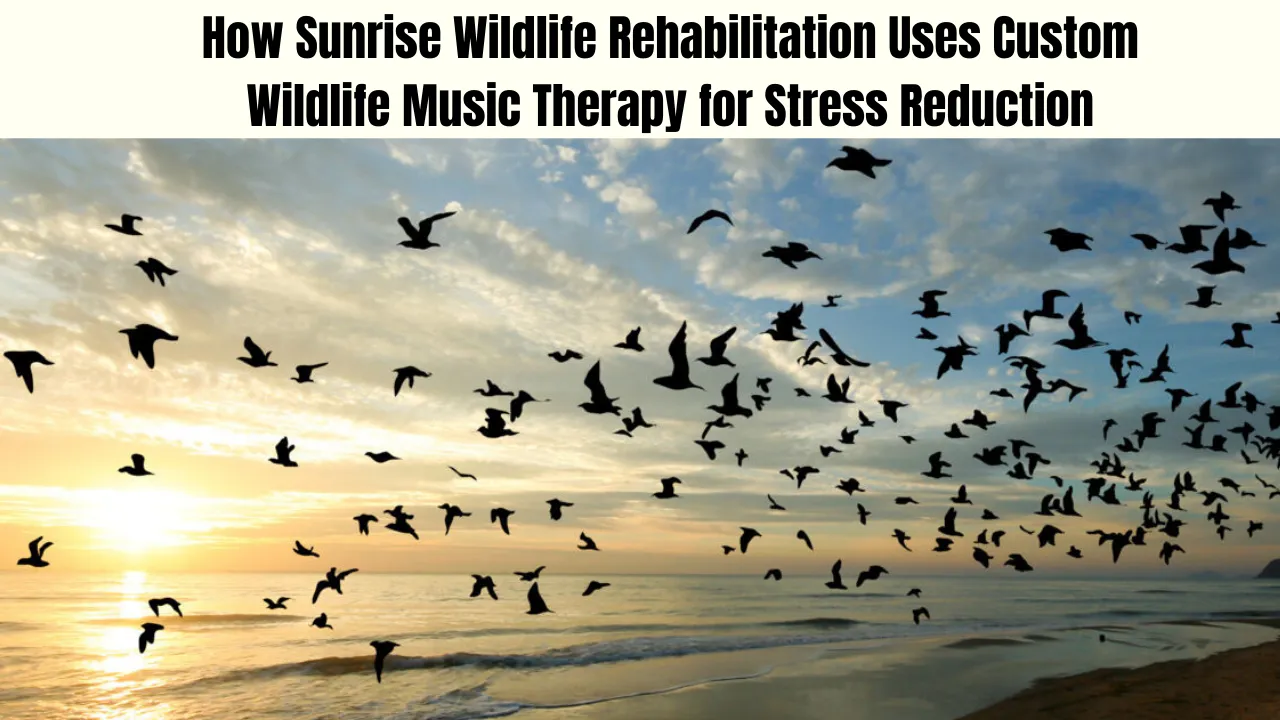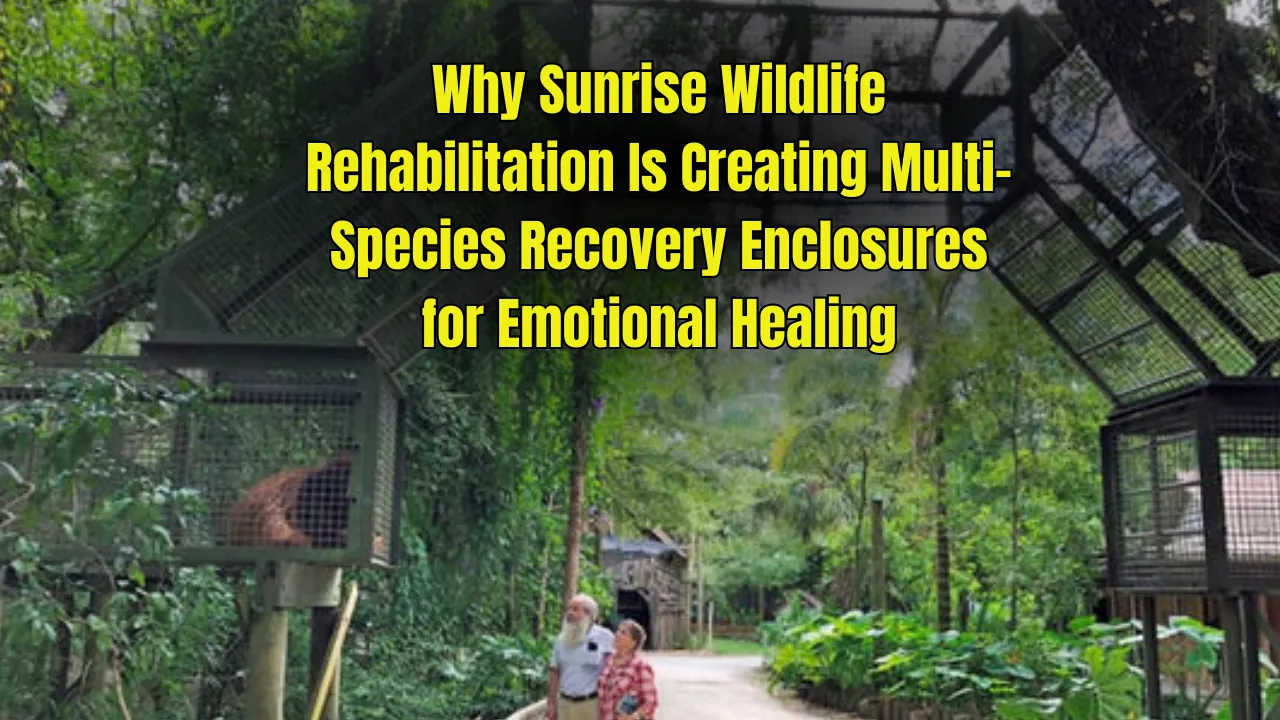Sunrise Wildlife Rehabilitation is pioneering a heartwarming and high-tech solution for a growing issue in wildlife rescue—how to help orphaned wildlife recover without losing their natural instincts. When baby animals lose their parents due to accidents, poaching, habitat loss, or other causes, their chance of surviving in the wild drastically declines. Traditional care methods often create strong human bonds, which can hinder the animal’s reintroduction to the wild. But technology is changing that.
This article looks into how Sunrise Wildlife Rehabilitation is using robotic surrogates to bridge the gap between care and independence. With a focus on emotional security, species-specific development, and natural reintegration, this approach blends compassion and innovation. You’ll discover how this method works, which animals it helps most, and why it could shape the future of wildlife rehabilitation.
How Sunrise Wildlife Rehabilitation Helps Orphaned Wildlife Bond with Robotic Surrogates
Sunrise Wildlife Rehabilitation stands out in the field of animal rehabilitation by integrating robotic surrogate technology into its care strategy. These mechanical “caregivers” are designed to imitate real parent animals in behavior, movement, and warmth. The aim is to allow baby animals to receive the nurturing they need without the risks of human imprinting. This method supports natural behaviors and survival instincts while addressing the physical and emotional needs of orphaned wildlife. As a result, the center not only nurtures these animals back to health but also gives them the best possible chance of thriving once returned to the wild.
How Robotic Surrogates Support Orphaned Wildlife
At Sunrise Wildlife Rehabilitation, the primary goal is to give orphaned animals a second chance—one that is as close to natural as possible. Robotic surrogates are central to this mission. Designed to mimic the warmth, scent, and movements of real parent animals, these robotic caregivers act as a substitute in critical stages of an animal’s development.
These aren’t simple stuffed toys. They’re programmed with features like soft fur, heartbeat simulators, timed feeding routines, and motion-based interaction. This helps replicate essential life cues like warmth during rest, rhythmic movement for bonding, and tactile contact that young animals instinctively need.
By offering care without human involvement, this method ensures the animals don’t associate their survival with people. That’s essential for successful wildlife conservation and reintroduction. It also reduces stress, a major factor that can cause developmental delays in rescued baby animals.
Why Orphaned Wildlife Needs Special Care
Every year, countless animals are orphaned due to deforestation, car accidents, poaching, and even domestic pet attacks. These baby animals often don’t know how to feed themselves, stay warm, or recognize threats in their environment. While human caregivers can provide these things, they also pose a major problem: human imprinting.
When young wildlife begins to see humans as caregivers or companions, it disrupts their ability to thrive independently in the wild. This is where robotic surrogates fill a vital role. The care feels real, but it’s delivered without the damaging attachment. By using surrogate technology, Sunrise Wildlife Rehabilitation allows young animals to receive nurturing that doesn’t compromise their wild identity.
This is especially important for animals like foxes, birds of prey, raccoons, and deer, which need a strong understanding of their environment and behaviors to survive in the wild.
Types of Robotic Surrogates Used
The robotic surrogates used at Sunrise Wildlife Rehabilitation are designed with specific animal needs in mind. The center collaborates with engineers, animal behaviorists, and wildlife experts to create custom models for different species. These include:
- Heated surrogates that mimic the warmth of a mother’s body.
- Heartbeat mimics for soothing orphaned mammals.
- Interactive grooming bots that use soft bristles to stimulate natural fur cleaning behavior.
- Feeding surrogates that allow natural suckling or pecking behaviors.
- Sound-imitating surrogates that replicate mother calls to promote bonding.
Each surrogate is carefully tested for safety and effectiveness. As a result, orphaned animals receive not just physical care, but emotional development, preparing them for life in the wild.
Benefits of Using Robotic Surrogates
Using robotic animals may sound futuristic, but it delivers real-world results. Here’s how this approach helps animals in rehab:
- Prevents dependency on humans, allowing for successful release.
- Reduces stress through consistent and comforting routines.
- Encourages species-specific behavior from the earliest stages.
- Boosts survival rates by teaching natural instincts early.
- Improves mental health by providing consistent emotional support.
By reducing reliance on human intervention, Sunrise Wildlife Rehabilitation ensures that the animals don’t just survive—they thrive and return to the ecosystem as functioning members.
How Sunrise Wildlife Rehabilitation Stands Out
While many centers still use traditional hand-rearing, Sunrise Wildlife Rehabilitation takes a bold, science-backed path. Their team believes in ethical, minimal-interference care that prioritizes the animal’s long-term well-being.
Their in-house lab continuously develops new models of robotic animals, adapting based on feedback from caregivers and observed animal behavior. They also share these innovations with other wildlife rescue centers, creating a ripple effect across the world of nature rehabilitation.
Their approach blends high standards in veterinary care, technology, and wildlife psychology, making the facility a true leader in next-generation animal rehabilitation.
List: Two Important Features of Robotic Surrogates
- Realistic Simulation:
Each surrogate is designed to closely replicate a natural parent’s behavior, from body heat to movement patterns and sounds, offering comfort that feels instinctual. - Programmable Care Routines:
These devices follow feeding, grooming, and resting cycles, helping animals develop on a healthy, natural schedule without over-dependence on humans.
List: Types of Wildlife Helped by Sunrise
- Orphaned fox kits
- Injured or abandoned raccoons
- Young squirrels separated from nests
- Baby birds like owlets and ducklings
- Fawns whose mothers were killed by vehicles
Each species receives personalized care tailored to its developmental and emotional needs, increasing the chances of a successful return to the wild.
FAQs
1. What does Sunrise Wildlife Rehabilitation specialize in?
They specialize in caring for orphaned or injured wildlife using robotic surrogates to simulate parental care without human bonding.
2. Why are robotic surrogates better than human caregivers?
Robotic surrogates provide necessary care without creating harmful attachments, helping animals retain their wild instincts.
3. Which animals benefit the most from this technology?
Species that rely heavily on early bonding, such as foxes, birds, deer, and raccoons, benefit the most from surrogate support.
4. Are robotic surrogates safe for animals?
Yes. All surrogates are tested for safety, comfort, and effectiveness before being used in care routines.
5. Can this method be adopted by other wildlife centers?
Absolutely. The center encourages other rescues to adopt and adapt the technology to improve animal welfare globally.
Final Thought
Sunrise Wildlife Rehabilitation is proving that technology can be a powerful ally in wildlife rescue. By using robotic surrogates, they’re not only saving lives but also restoring dignity to orphaned animals by preparing them for a life in the wild. The care they provide is grounded in science, driven by empathy, and guided by a vision of better coexistence between humans and wildlife.
If you found this inspiring, don’t keep it to yourself. Share this story, leave a comment, or explore more content about wildlife rescue and how innovation is shaping the future of conservation.
